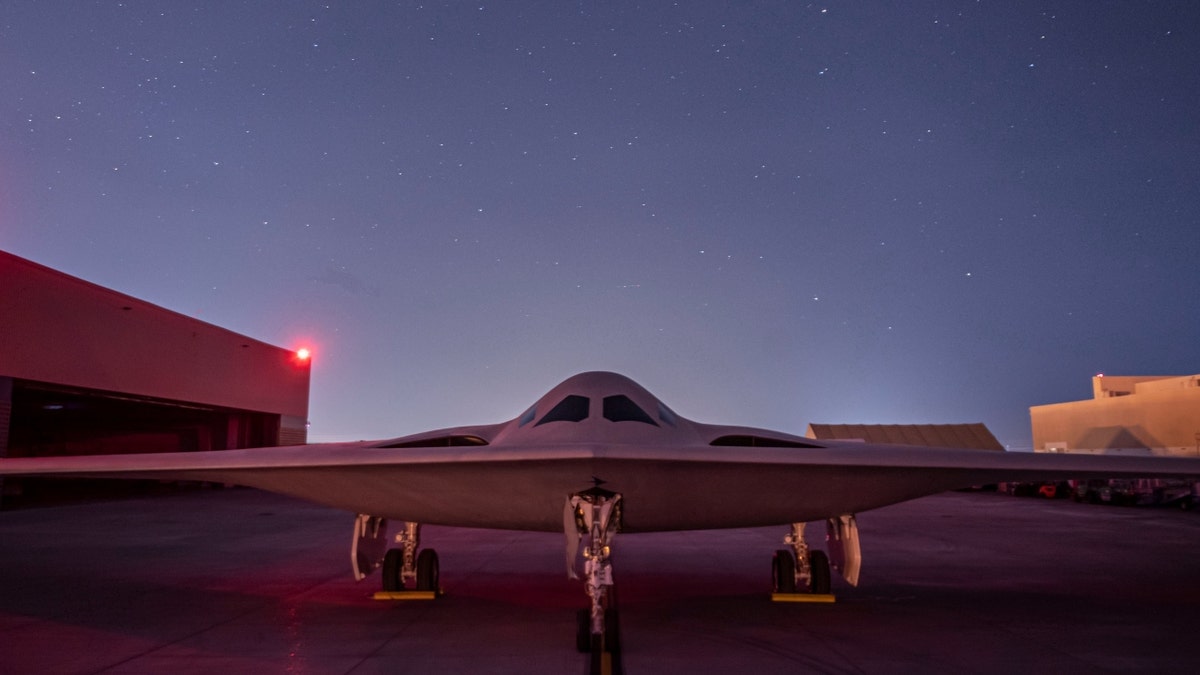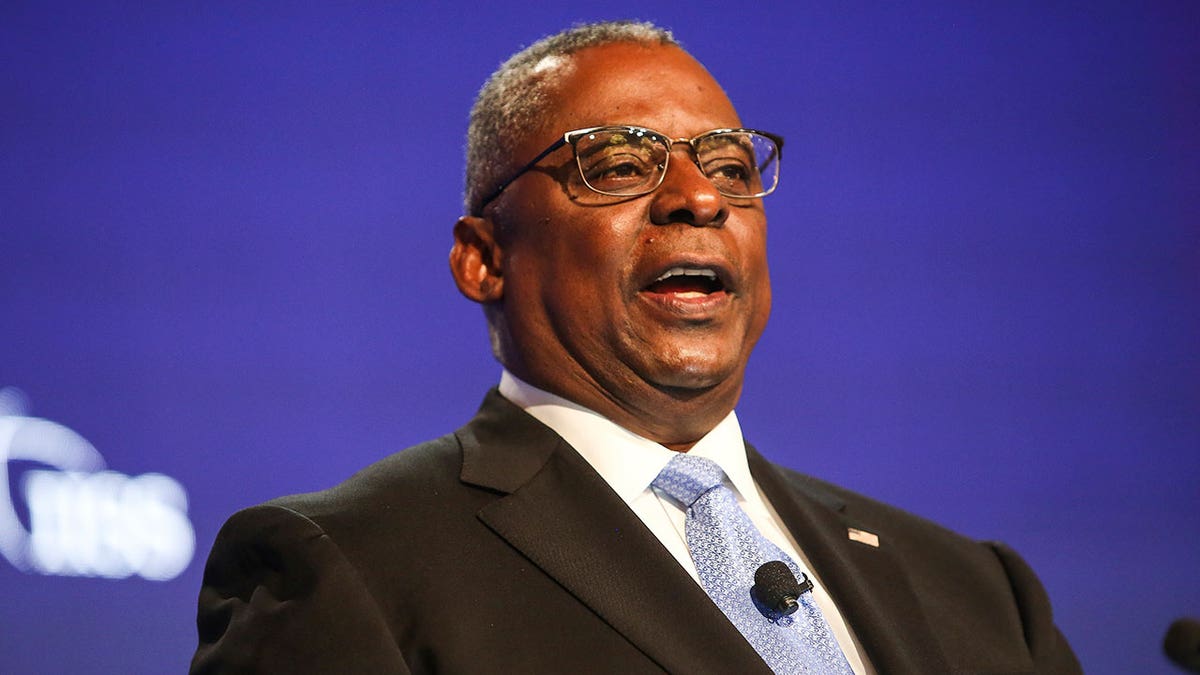B-21 Raider stealth bomber will 'deter' China: Rob Wittman
Rep. Rob Wittman, R-Va., joins 'Fox News Live' to react to the United States Air Force's unveiling of its new B-21 Raider stealth bomber named 'The Raider' for Jimmy Doolittle's famous bombing raid on Japan in WWII.
With the debut of the long-anticipated B-21 Raider last week, the first new strategic bomber in more than 30 years, the U.S. Air Force is preparing for alterations to its bomber fleet.
In an email to Fox News Digital Friday, a spokesperson confirmed the Air Force would transition its three-bomber fleet to a two-bomber fleet of B-21s and modernized B-52s.
The B-1s and B-2s will continue to provide capacity until the Air Force fields the B-21 Raider, which will be the backbone of its future force and incrementally replace the B-1 Lancer and B-2 Spirit bombers currently in service.
The Air Force confirmed that the first modified B-52s are expected to enter testing by the end of 2028.
AIR FORCE UNVEILS B-21 RAIDER STEALTH BOMBER

The B-21 Raider will be a dual-capable, penetrating-strike stealth bomber capable of delivering both conventional and nuclear munitions. The B-21 will form the backbone of the future Air Force bomber force consisting of B-21s and B-52s. (U.S. Air Force photo)
Defense News noted that Congress could also restrict the Air Force's ability to retire B-1 and B-2 bombers.
Maj. Gen. Jason Armagost, director of strategic plans, programs and requirements for Air Force Global Strike Command, noted to Defense News that as B-52s receive new engines, the service must make sure there are no capability gaps while bombers are offline,
Armagost also said some factors could delay that timeframe, including "large geopolitical shifts."
When asked if such geopolitical shifts could play a role in this fleet transformation's timeline, the Air Force spokesperson noted that the B-21 provides survivable, long-range, penetrating strike capabilities to deter aggression and strategic attacks against the U.S., allies and partners, or prevail in conflict if deterrence fails by holding any target at risk.
Six of the Raiders, which the Air Force said would be the "multifunctional backbone of the modernized bomber fleet," are in production, and the Air Force plans to build 100 that can deploy either nuclear weapons or conventional bombs and be used without a human crew.

A B-52 Stratofortress assigned to the 307th Bomb Wing, Barksdale Air Force Base, La., approaches the refueling boom of a KC-135 Stratotanker from the 931st Air Refueling Group, McConnell Air Force Base. (US Air Force/Airman 1st Class Victor J. Caputo)
Notably, while other new fighter and ship programs have taken decades, the bomber went from contract award to debut in seven years. It is part of a major nuclear triad overhaul that is estimated to cost $1.2 trillion through 2046.
"We needed a new bomber for the 21st century that would allow us to take on much more complicated threats, like the threats that we fear we would one day face from China, Russia," Deborah Lee James, the 23rd secretary of the Air Force, said when the Raider contract was announced in 2015.

U.S. Defense Secretary Lloyd Austin speaks in Singapore June 11, 2022. (AP Photo/Danial Hakim)
Defense Secretary Lloyd Austin warned at the beginning of the month that the U.S. is at a pivotal point with China and will need military strength to ensure that American values set global norms in the 21st century.
CLICK HERE TO GET THE FOX NEWS APP
"These next few years will set the terms of our competition with the People’s Republic of China. They will shape the future of security in Europe," he said. "And they will determine whether our children and grandchildren inherit an open world of rules and rights — or whether they face emboldened autocrats who seek to dominate by force and fear."
The Associated Press contributed to this report.





















